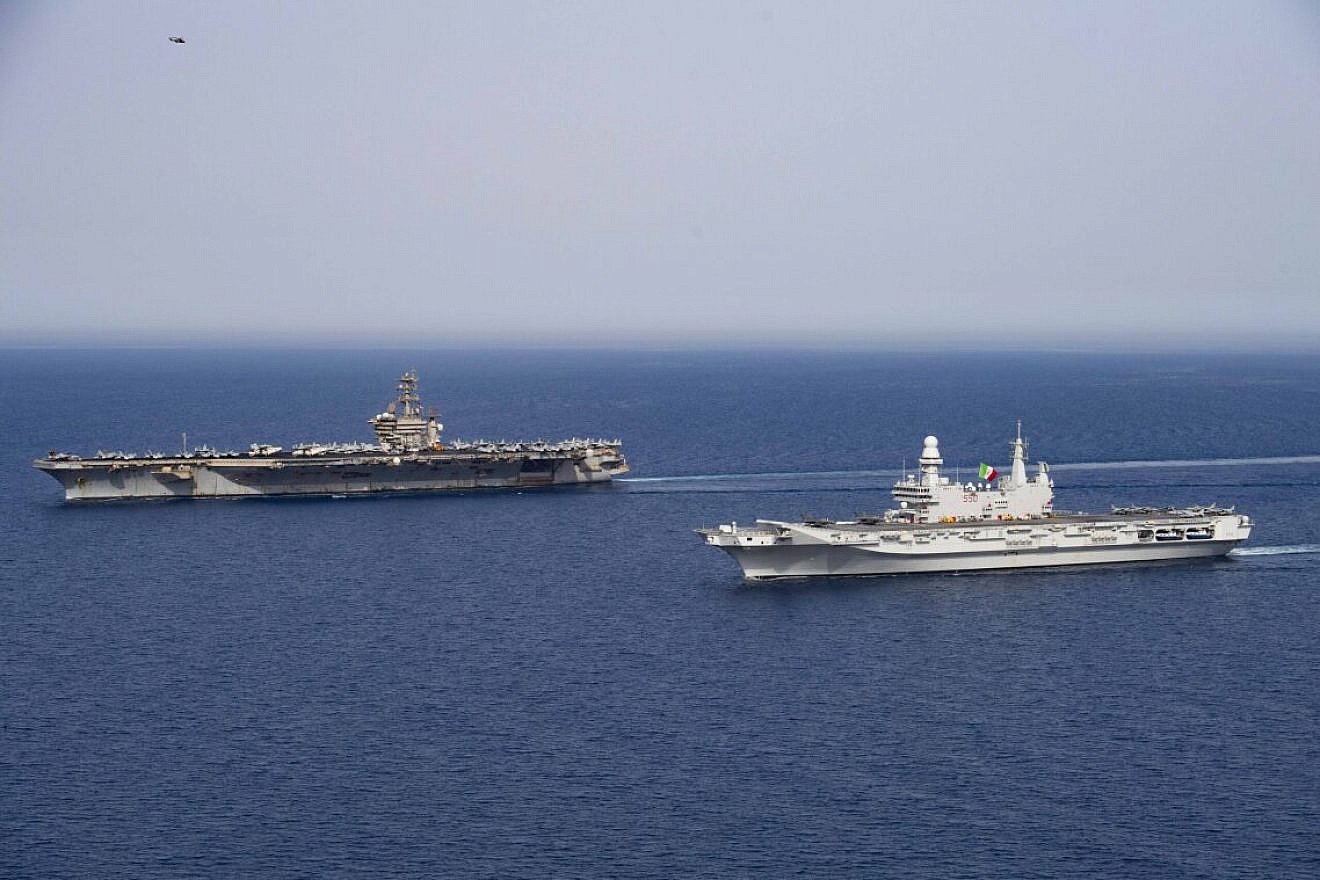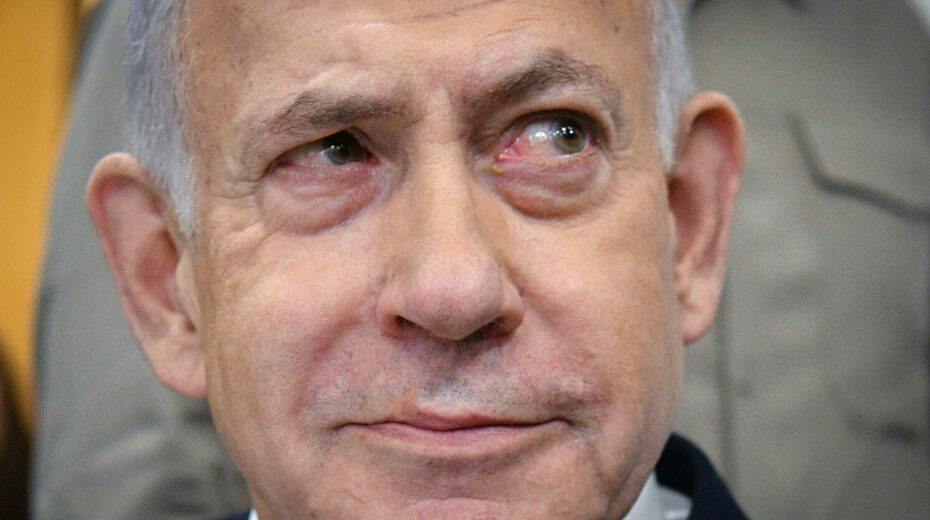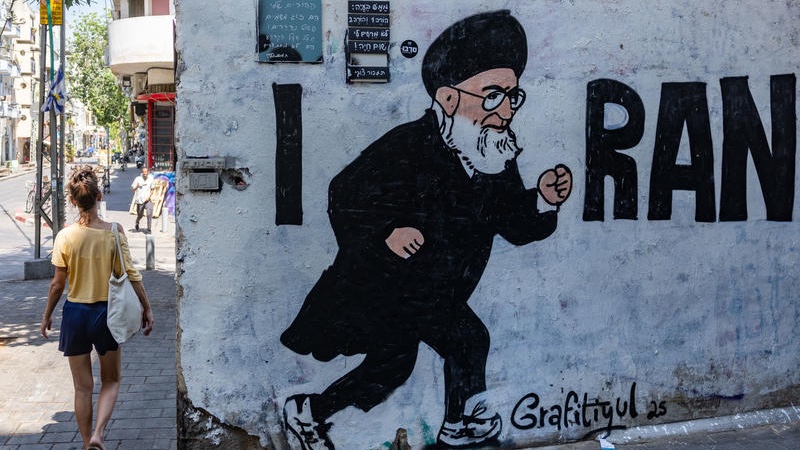(JNS) Some influential US public-opinion molders claim that foreign aid to Israel has been extended at the expense of the US taxpayer and US national security. Really?
Israel was compared by Adm. Elmo Zumwalt (a former US chief of Naval Operations) and Gen. Alexander Haig (a former NATO Supreme Commander and US Secretary of State) to the largest US aircraft carrier, albeit one that does not require US soldiers on board and is deployed in a most critical area between Europe-Asia-Africa and between the Mediterranean Sea, Red Sea, Indian Ocean and Persian Gulf. This area is the hotbed of 1,400-year-old intra-Muslim and intra-Arab terrorism and wars, the epicenter of global anti-US Islamic terrorism, the platform of 48% of global oil reserves and a crucial intersection of Far East and European sea lanes.
Comparing Israel to the largest US aircraft carrier has been a derivative of Israel’s key pro-United States, geostrategic features in the face of mutual threats, such as the ayatollah regime in Iran and the Muslim Brotherhood.
These features are not typical of other allies:
- Israel’s geostrategic location;
- Israel’s posture of deterrence, critical for the survival of Jordan’s pro-US Hashemite regime and other pro-US Arab regimes;
- Israel’s proven defense and commercial technological capabilities;
- Israel’s contributions to the research and development, exports, employment and superiority of the US defense industries and high-tech sector;
- Israel’s rapid and massive self-manned troop mobilization; Israel’s game-changing, proactive military track record has advanced US interests. (Gen. George Keegan, a former chief of US Air Force Intelligence, assessed that the intelligence shared by Israel with the United States is equal to five CIA agencies. The annual budget of the CIA is around $15 billion.);
- Israel’s unconditional identification with the United States is supported by the vast majority of Israel’s public and political establishment (left and right, secular and religious).
According to Haig, if Israel were not in the Middle East, then the United States would have to invest $15 billion to $20 billion annually, instead of a $3.8 billion annual investment in Israel, for the manufacturing of a few real aircraft carriers. These carriers would be deployed to the Indian Ocean and Mediterranean Sea, accompanied by a few ground divisions, to shield US soil from the wrath of Islamic terrorism, secure the United States’ economic interests, sustain the survival of America’s Arab allies, as well as constrain China and Russia.
Israel’s role as a strategic asset is underscored when comparing the $3.8 billion annual US investment in Israel to the cost of manufacturing new aircraft carriers: $10 billion to $13 billion for one supercarrier, while smaller carriers may cost between $2.5 billion and $9 billion each. Moreover, deploying and operating a carrier, including a full carrier strike group of destroyers, frigates, submarines and support vessels, incurs annual costs of $900 million to $1.2 billion. The annual cost of deploying a single US ground division to the Middle East is $2 billion, excluding the cost of munitions and missiles, with higher costs in combat-intensive or logistically complex environments.
The bottom line is:
- The US annual investment in, not foreign aid to, Israel yields a uniquely high ROI, return on investment, by Israel, which is acting as a force and dollar multiplier for the US economy and defense sectors. Israel is also performing as the most productive battle-tested research and development center, as well as the showroom of the US defense and aerospace industries, and an innovation center, sharing ground-breaking battle tactics with the US Armed Forces.
- Israel’s military and intelligence capabilities have reduced the need for US military deployments in the region, enhancing the safety of US soldiers.
- Israel’s military, intelligence and technological capabilities, which are unmatched by any other ally of the United States, have significantly lessened the burden on the US military in the Middle East, saving substantial US resources and lives, and facilitating the diversion of US resources to other regions.
The intense collaboration between Israel and the US military has dramatically expanded since 2021. That is the year when Israel joined CENTCOM, which oversees US military interests in the Middle East, Central Asia and parts of South Asia, upgrading the performance of both Washington and Jerusalem.
This article originally appeared on The Ettinger Report.














